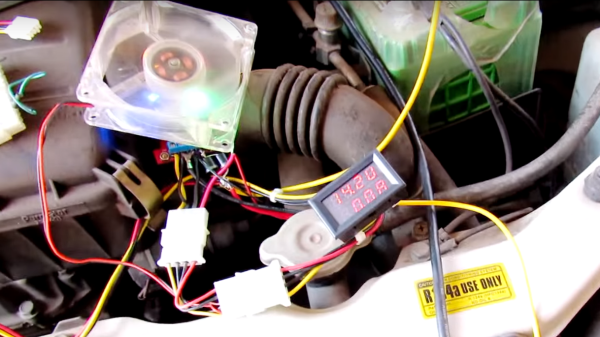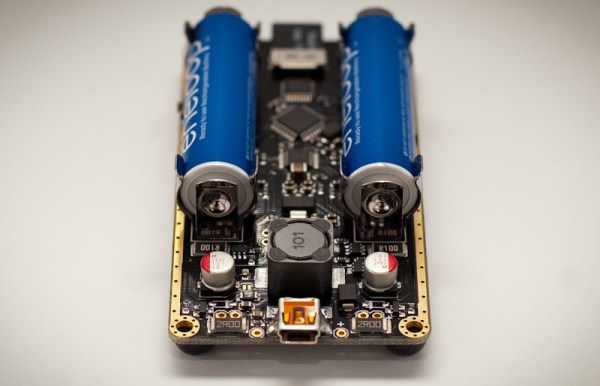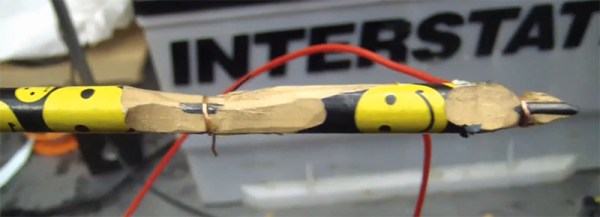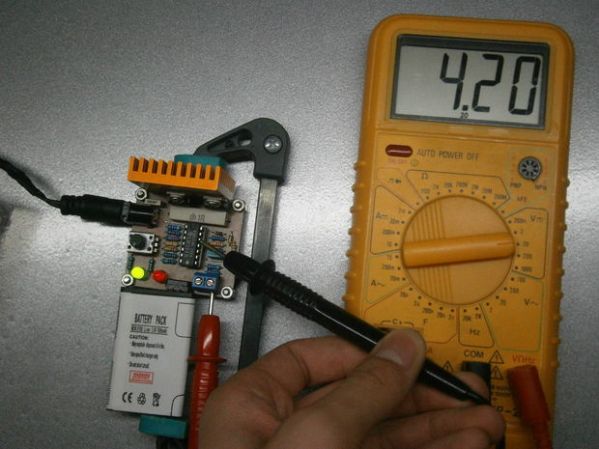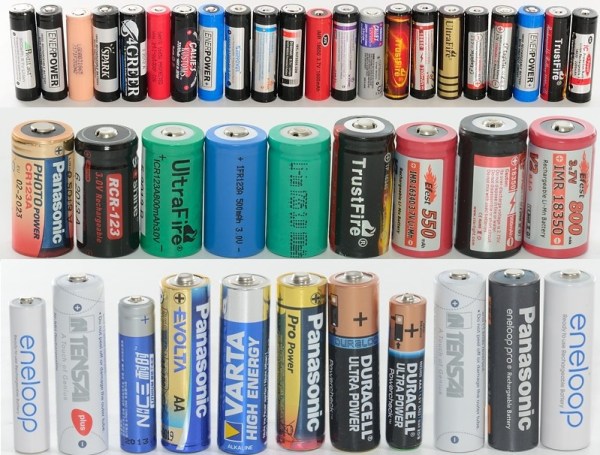Here’s the Scenario: you need to get somewhere in a hurry. The problem is that your car has a dead battery and won’t turn over. The Obvious solution would be to call a friend for a jump. But is the friendless hacker out of luck in such a situation? Not if you can whip up a quick parts bin jump starter.
Clearly, [Kedar Nimbalkar]’s solution would be practical only under somewhat bizarre circumstances, so we’ll concentrate on what we can learn from it. A spare PC power supply provides the electrons – [Kedar]’s 250W supply pushes 15A at 12 volts, which is a pretty respectable amount of current. The voltage is a little anemic, though, so he pops it up to 14.2 volts with a 150W boost converter cooled with a PC fan. A dual panel meter reads out the voltage and current, but a VOM could substitute in a pinch. About the only thing you might not have on hand is a pair of honking 10A diodes to keep current from creeping back into the boost converter. [Kedar] claims he got enough of a charge back in the battery in five minutes to start his car.
As jump-starting goes, this hack is a bit of a stretch. It’s not the first time we’ve seen a MacGyver’d jump starter, though, and you never know when the principles and hardware behind these hacks will come in handy.

